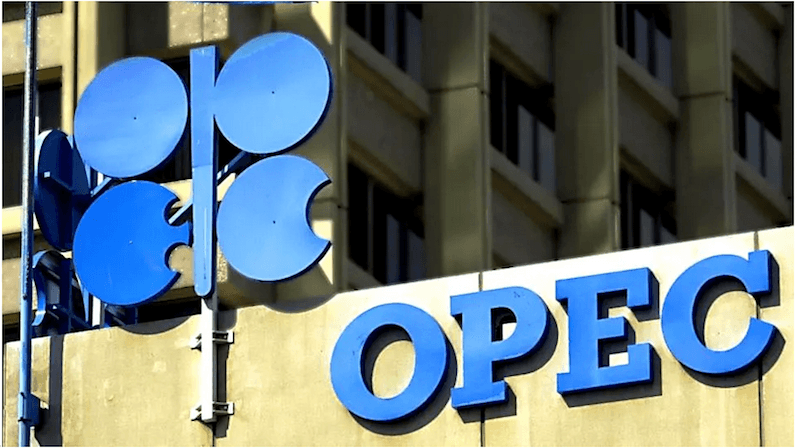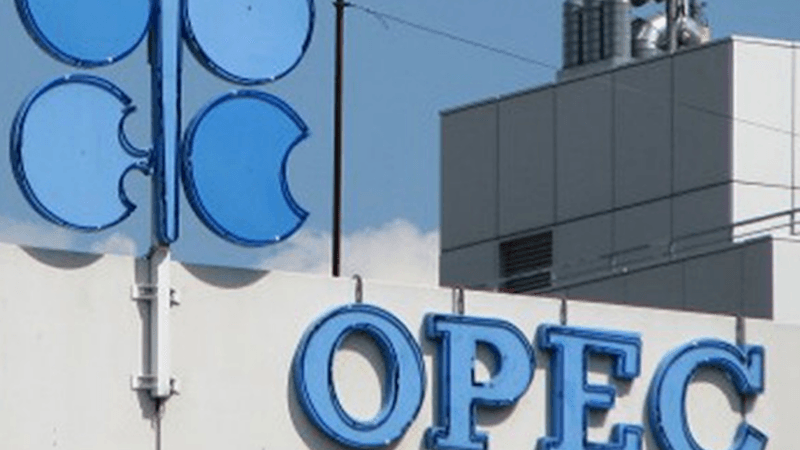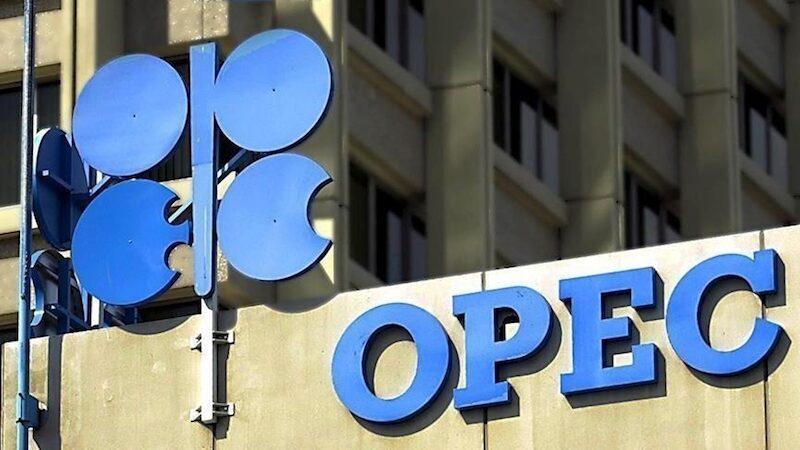•Oil cartel leaves oil demand growth forecast unchanged
Emmanuel Addeh in Abuja
A THISDAY computation of crude oil production data for February released by the Organisation of Petroleum Exporting Countries (OPEC) has shown that Nigeria ramped up production by about 57,000 barrels per day during the month.
However, OPEC’s calculation indicated that Nigeria added 47,000 bpd in the month under consideration, indicating a possible error in the organisation’s estimation.
A comparison of secondary sourced data from the oil producers’ bloc indicated that month-on-month, while output in January was 1.419 million bpd as released by OPEC in its February report, it however hit 1.476 million bpd in the March report, to give a net increase of 57,000 bpd last month.
Also, while the latest OPEC data revealed that Nigeria had 16 active oil rigs, in February this year, the Nigerian Upstream Petroleum Regulatory Commission (NUPRC), which is the primary source of production data in Nigeria, put the figure at 30, thereby underscoring the need to strengthen communication between both organisations.
“The country now has about 30 rigs in its upstream oil and gas sector, against 11 active rigs in 2011.
“That is a huge success for us, and you know that rig count is a measure of vibrant activities in the oil industry. We have been able to attract confidence, certainty, and predictability into the industry,” the NUPRC’s Chief Executive, Gbenga Komolafe, said last month.
It was also observed from the data released by OPEC that while both data from direct communication and secondary sources would usually move in the same direction (positive or negative), February’s information (direct) showed a decrease in output while secondary (indirect) showed a growth in production.
OPEC’s secondary sources include: S&P Global Commodity Insights and IHS Markit — both part of S&P Global, US Energy Information Administration, Argus Media and Energy Intelligence as well as Wood Mackenzie and Rystad Energy, which recently replaced the International Energy Agency (IEA).
But the secondary data showed that with the volume of oil produced in February, which was 1.476 million bpd, Nigeria remained on track to meeting its 1.5 million bpd renegotiated OPEC quota for 2024.
For about four years, Nigeria has been unable to meet its OPEC production quota, due mainly to oil theft, outright vandalism of assets in the Niger Delta as well as waning investment in the oil sector.
But if the secondary source figures released by OPEC are anything to go by, it means that the current FX crisis in the country could be substantially be reduced in the coming months, provided the steady rise in output continues.
Nigeria relies on oil exports for over 80 per cent of its FX earnings, thereby throwing the country into crisis anytime there is a reduction in oil production numbers or a drastic fall in the international price of the commodity.
But if the direct communication by OPEC is to be followed, the oil bloc’s data stated that month-on-month, production dropped to 1.322 million bpd in February 2024, from 1.427 million bpd in January this year, about 7.94 per cent slump.
The release of the NUPRC data for the month was still being awaited as of yesterday evening.
Nigeria has an oil price benchmark of $77.96 and a daily production estimate of 1.78 million bpd in this year’s budget. However, condensates, of which Nigeria produces over 300,000 bpd are not part of OPEC’s quota allocation.
Meanwhile, OPEC is sticking to its forecast of strong growth in global oil demand in 2024 and 2025, stressing that world oil demand will rise by 2.25 million bpd in 2024 and by 1.85 million bpd in 2025, unchanged from last month.
OPEC insisted that a “robust dynamic” for economic growth towards the end of 2023 was expected to extend into the first half of 2024 and raised its 2024 economic growth forecast by 0.1 percentage points, following a hike last month.
“While some downside risks persist, a continuation of the expected momentum from the beginning of the year could result in additional upside potential for global economic growth in 2024.” OPEC said in the MOMR for February, released this March.
For a while, OPEC has stuck to the same demand growth figure since making its first 2024 prediction last July, even as conflict in the Middle East and supply outages have supported oil prices in 2024.
But OPEC now sees world economic growth of 2.8 per cent in 2024, supported by the expectation of a continued easing in general inflation throughout this year, keeping next year’s forecast steady at 2.9 per cent.
As of Wednesday afternoon, oil prices had shot to $83.39 per barrel for Nigeria’s benchmark, Brent, while US oil, West Texas Intermediate (WTI) was selling for $79.05 per barrel.




